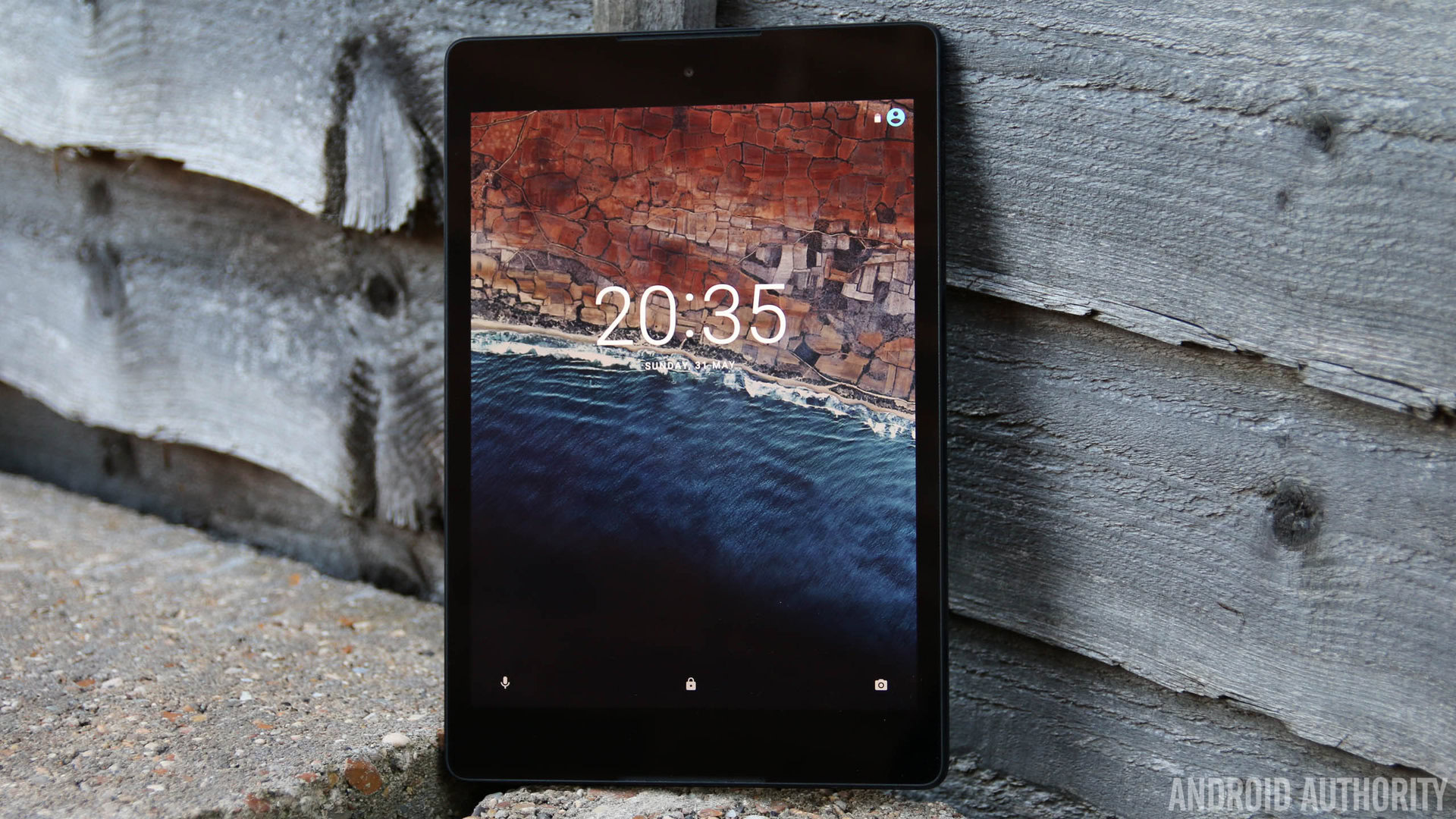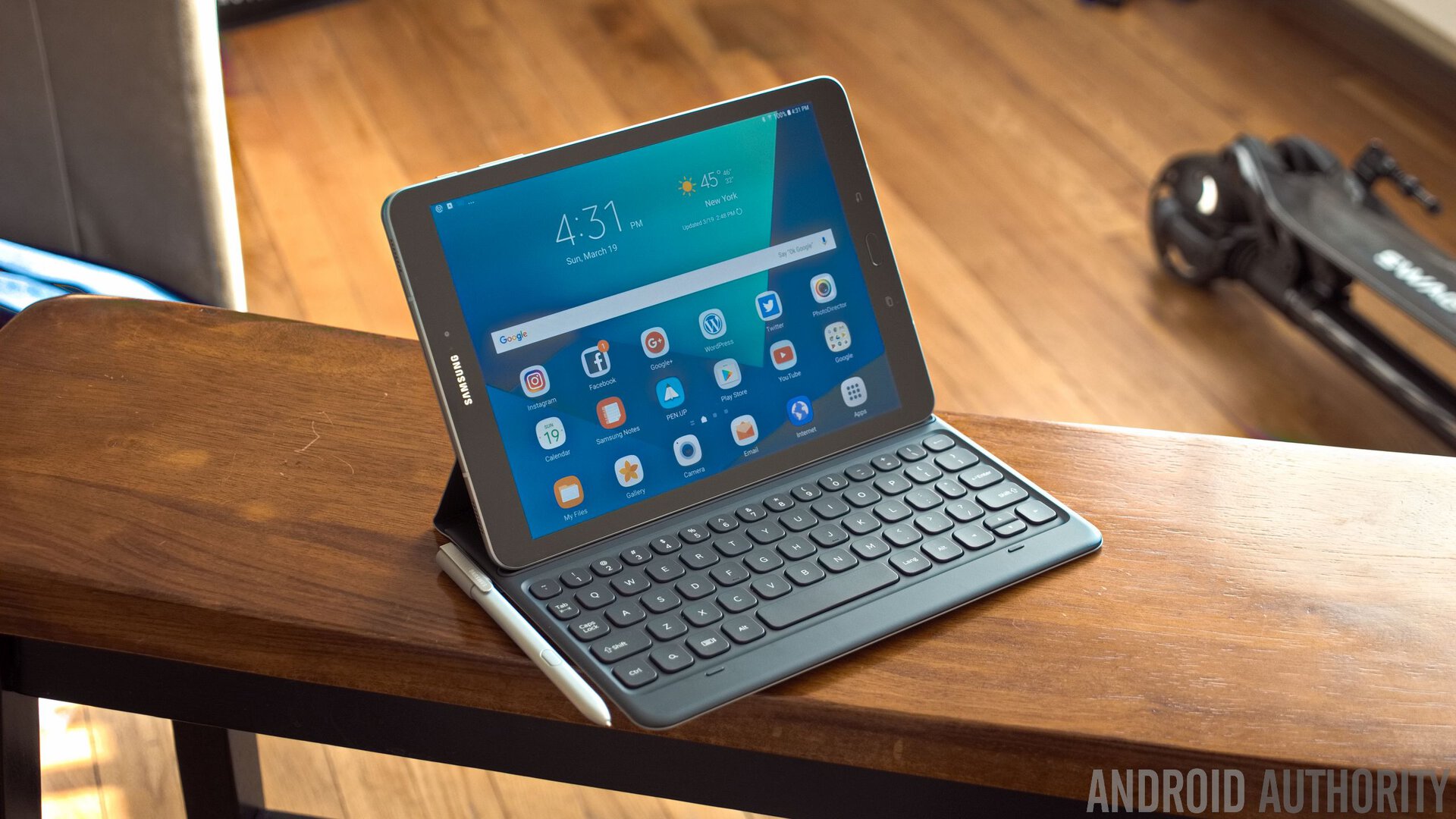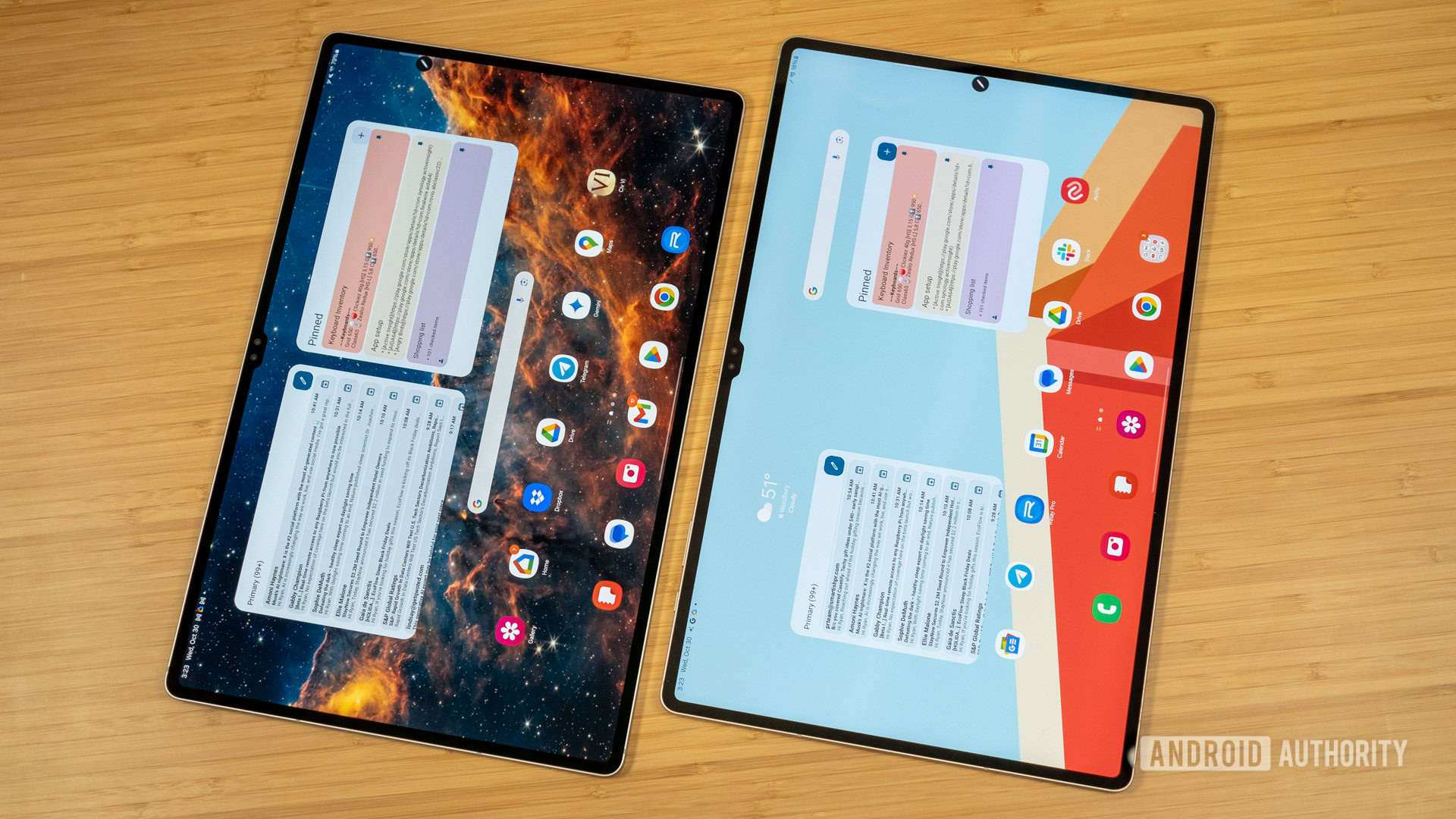Affiliate links on Android Authority may earn us a commission. Learn more.
The Android tablet market is on life-support, and your votes proved it
Published onMarch 25, 2018

Are Android tablets dead? We asked for your thoughts, and you told us this week via an Android Authority YouTube community poll. When all was said and done, a pretty grim outlook for Android tablets is what we were left with.
From more than 30,000 respondents, 55 percent said they’d never owned a tablet and weren’t considering owning one either, which is a top-line number that makes sense. If you haven’t bought a tablet by this point, there’s a very high likelihood what’s on offer in the market right now isn’t going to change that.
Only 1 in 10 respondents plan to buy a tablet this year
The will-buy-one-soon camp was only a tiny 11 percent, plus a small bonus from an extra four percent saying they would only if there was a keyboard dock available. Seven percent said Chromebooks were better, a relatively low number considering the unpopularity of Android tablets and the fact that many Chromebooks can now run Android apps and games.
The other interesting result, and perhaps the only encouraging news, was that 23 percent said they already owned a tablet and it was doing fine. That’s a good number who are hopefully still getting the most out of their device and might seek another once their old one starts to die.
We also had people opting for the write-in answer, which gave us more insight as well.
Here are some of the better comments and thoughts:
- ‘We weren’t asked if you’d like to buy one, but the market just didn’t have what you were after.’
- ‘I’ve previously owned one, but will never buy one again’
- ‘I’ll buy an Android tablet when they will be as powerful as smartphones’
- ‘Who needs a tablet when you have a smartphone’
- ‘Nexus 7? Amazing tablet. NVIDIA Shield Tablet? Amazing tablet. Does anyone manufacture those anymore? Nope.’
A crisis of usefulness
Sadly, Android tablets haven’t had significant support from manufacturers or from app makers, and that’s left them in a weird spot. If anything, the rise of tablets forced PC makers to offer more tablet-like experiences in smaller-form factors, with the rise of the likes of 2-in-1s, the Microsoft Surface lines, and of course, Chromebooks.
It’s not like manufacturers didn’t try though. The Nexus 7 offered big hopes for Android tablets, with both generations made by ASUS proving to be quality devices. We then saw that replaced by the Nexus 9, made by HTC, in 2014, followed by the end of the Nexus line with the Pixel C replacing it in 2015. Lanh’s review at the time pointed out that Chrome OS was far more geared towards productivity over Android, and yet the product was quietly discontinued after two years of sales.
That’s the crux of the issue, and Google said as much in their farewell comments for the Pixel C:
“Our newly launched Google Pixelbook combines the best parts of a laptop and a tablet for those looking for a versatile device.”
I mean, who can blame them? Tablets are loved for their portability and media capabilities, but not productivity, and PC makers cottoned on to try and do that as well.

That left us with Samsung’s rather good Tab S3, which hasn’t had an update in a year now, and new tablets from HUAWEI in the MediaPad M5 and M5 Pro models, which we reviewed last week. But Lanh devoted a bunch of words to how the docked keyboard performed, which is an essential part of using a tablet for anything more than casual media consumption. IDC market data showed detachable tablet sales were up 10.3 percent over the 2017 holiday season compared to 2016’s holiday season, while slate tablet sales fell 7.6 percent, year-on-year.

So, what’s the point? Gaming, you say? Indeed, the NVIDIA Shield Tablet from 2014 was a beast, but is no longer being made (although it is still receiving updates – kudos to NVIDIA there).
We did hear some hopes in the comments that Razer might come to the party with a gaming tablet, following their well-reviewed Razer Phone, but the market just isn’t clamoring for this kind of high-performance tablets at all.
Tablets do media well, but there's no functional upgrade cycle to drive demand.
The other problem is what almost a quarter of our respondents said: one tablet is enough to keep you going for a long time. There simply isn’t a need to buy a new tablet every year or two, and with prices as high as they are, a tablet is a long-term investment. The lack of an eager market means OEMs aren’t as likely to want to invest R&D into bringing exciting new products to market, a fact we’ve seen played out over the last few years.
All in all, Android tablets are facing a crisis of usefulness. Chromebooks and higher-end laptops, especially 2-in-1s, are simply more useful for productivity, while smartphones with all their various improvements and bigger size screens these days are solid for gaming. Tablets do media well, but there’s no functional upgrade cycle to drive demand.